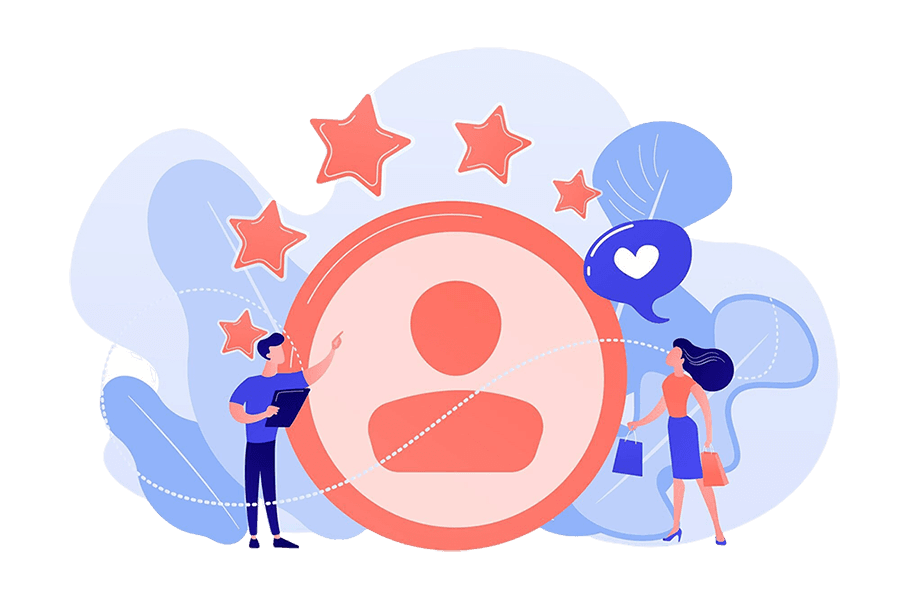How Can We Relate Trips and Users in SQL?
When working with relational databases, one common task is managing relationships between different entities. In a travel application, for instance, users can book trips, and each trip can be booked by multiple users. Understanding how to effectively model these relationships in SQL is crucial for database design.
To model the relationship between users and trips, we can use a many-to-many relationship. This means that a single user can be associated with multiple trips, and each trip can be associated with multiple users. The typical way to handle many-to-many relationships in SQL is by using a junction table.
Database Tables Structure
Suppose we have the following tables:
- Users Table: This stores information about the users.
- Trips Table: This contains details about trips.
- UserTrips Table: This junction table links users to trips.
Below is a sample schema for each table:
Users Table
Sql
Trips Table
Sql
UserTrips Table (Junction Table)
Sql
Inserting Data
Now let’s look at how to insert data into these tables. First, we need to add some users and trips.
Sql
Next, we link users to trips using the UserTrips table:
Sql
Querying the Data
To find out which trips a user has booked, you can perform a join query. For example, to get all trips booked by John Doe:
Sql
This query fetches the destination and dates of trips associated with John Doe. The join between the three tables allows us to access related data across the junction table.
Using a junction table simplifies the management of many-to-many relationships by separating the concerns of the entities. It makes adding, updating, or deleting relationships straightforward, as they can be managed independently of the user and trip details.
Understanding this structure is essential for building efficient database systems that handle complex relationships while maintaining data integrity. This knowledge will be beneficial in any SQL-related technical interviews, especially when explaining how to manage relationships effectively.












